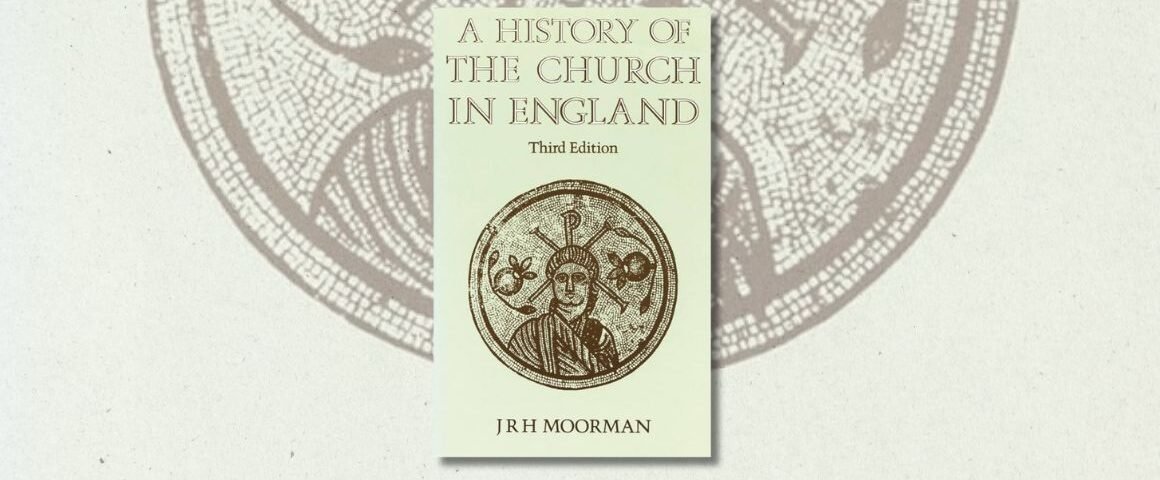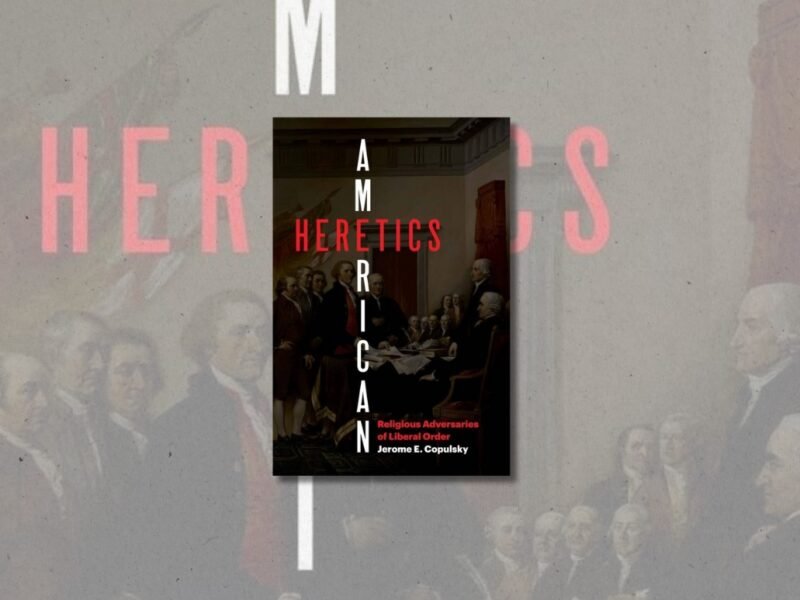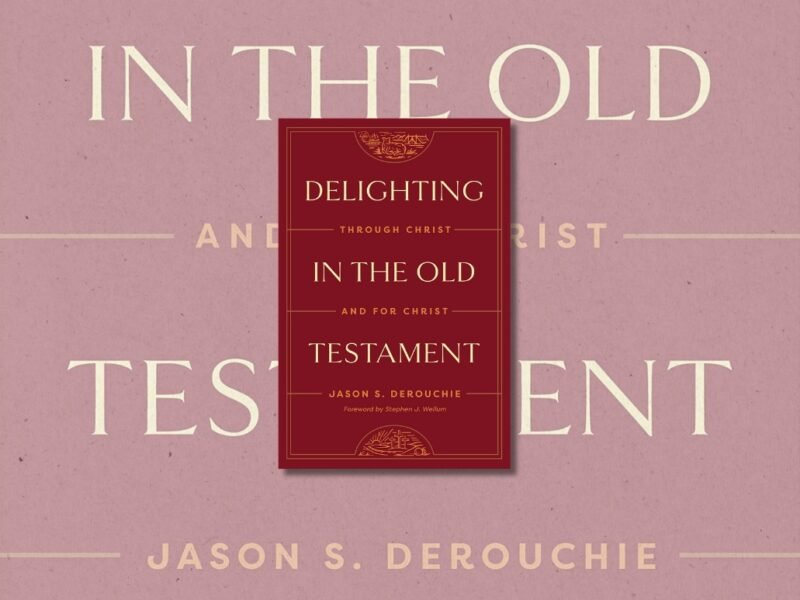A History of the Church in England. By J. R. H. Moorman. New York: Morehouse Publishing, 1980. 512 pp. $29.95 (hardcover), $32.46 (paper).
Bishop Moorman’s A History of the Church in England is a carefully exposited work detailing the Church within England, and not merely the Church of England. He avoids pious legends, like the founding of the Church by Joseph of Arimathea[1] and focuses upon the breadcrumbs of early English Christian history through the late 20th Century. Bishop Moorman’s work reveals a common thread regarding the English Church. The British Isles is a story of struggle between her unique rites, customs, and ceremonies and conformity with the wider Western Church, centered in Rome. It is a theme that plays throughout the history of the English Church and, to a certain extent, circles back to where we start in the late 20th Century with the growth of Anglican and Roman Catholic ecumenical dialogue.[2]
The life of the English Church ebbing and flowing from independence to dependence begins with the earliest Christians in England. Moorman summarizes the pre-Norman church as follows:
[The Saxon Church] was to some extent provincial, and there were times when it lost its high ideals; but it did a great work for the people of England, evangelized North Germany and Scandinavia, and produced some of the greatest men whom the Church delights to honour. When we recall the holiness of Cuthbert, the zeal of Wilfred, the courage of Boniface and the learning of Bede, …[3]
However, even the independence of the Church of England, pre-Noman invasion, was an ebb and flow from papal influence. Moorman notes Pope Gregory the Great commissioned St. Augustine of Canterbury to convert England, as it had been overrun by pagan Germanic tribes.[4] St. Augustine arrived and brought Roman practices with him, which varied from the British practices regarding monk tonsure, baptismal customs, dating Easter, etc.[5] This would ultimately come to a head in the Synod of Whitby in 663. This synod would result in Roman customs trumping Celtic practices and the unyielding St. Colman, who championed the native British practices, retiring to a monastery.[6]
Each stage in the life of the early English Church not only demonstrates an influx and outflux of papal influence, but also the degree of her independence. The independent nature of the Celtic church gave way to the Saxon church. The Saxon church would be replaced culturally and architecturally by Norman influence, and yet the independent nature of William the Conqueror revived the independent streak of the English Church. This too would give way in the later Middle Ages to greater papal power and influence until the Henrician and Edwardian Reformation – promptly followed by another period of Roman Catholicism under the reign of “Bloody” Mary – and finally the Church of England’s uninterrupted independence since the Elizabethan Settlement.
Fascinatingly, the English Church under William the Conqueror’s influence easily reads as though Moorman was writing about King Henry VIII, who reigned five hundred years later:
[William the Conqueror] would not allow the pope to interfere with what he regarded as the king’s lawful business. Since 1046 there had been a great increase in papal claims, … William was old-fashioned; his idea for reform meant producing a better Church, not greater subservience to Rome. He consequently made it clear from the start that he regarded himself as the head of the Church in England. He nominated his bishops and abbots and invested them with ring and staff. He summoned Church Councils. He expected his churchmen, just as much as his laymen, to pay respect to his wishes, and he refused to allow any foreign interference with his sovereignty.[7]
When finishing Moorman’s History, one is struck how the early ebb and flow of power between monarch and pope and national independence and Roman dependence, has transformed today into a struggle between church and state[8] in England and orthodoxy and heterodoxy (or outright heresy). The struggle between church and state has a history within England dating back to St. Thomas a Becket and King Henry II[9] but continues with the Oxford Movement,[10] Ritualism,[11] and the proposed English 1928 prayer book rejected by Parliament.[12] Although the Church of England found a way to avoid this legislative stumbling block via alternative service books,[13] it shows that the struggle continues and only increases as secularism has generated more calls for divorcing the Church of England from the state.[14] This comes as no surprise considering the Church of England is now the minority church in England, since nonconformists easily outnumber churchmen. Further, the Church in England has given birth to a global communion, and while not the subject of Moorman’s book, one must consider if the new battle lines for the English Church are no longer independence from Roman oversight but dependence upon the state and maintaining orthodox face against the zeitgeist. Thankfully, the English Church is no longer limited to the Church of England. Today, the English Church, or what we call the Anglican Church, is now the Church of a global communion currently grappling with those same questions that cripple the Church in England and throughout the West. Anglicans of all nationalities have a rich history to plumb as this struggle continues. May it be that global Anglicans dig deep into the lives of the British saints of old and maintain their catholic faith.
Notes
- Moorman, J.R.H., A History of the Church of England, 3d ed. (Harrisburg: Morehouse Publishing, 1980). ↑
- Of course, after publication of this work’s third edition, the English Church had independently departed from orthodox and catholic teaching by ordaining women to all three orders and paving the way towards recognizing so-called same-sex marriage. ↑
- Supra note i, at 55. ↑
- Id. at 12. ↑
- Id. at 14-15. ↑
- Id. at 20-21. ↑
- Id. at 59. ↑
- Id. at 347-49. ↑
- Id. at 78-81. ↑
- Id. at 354. ↑
- Id. at 365-66. ↑
- Id. at 427-28. ↑
- Id. at 445-46 (note the work does not cover the adoption of the Alternative Services Book of 1980, as the Third Edition was published just prior to its adoption). ↑
- Id. at 421 (noting the call for disestablishment grew after the proposed 1928 Book of Common Prayer was rejected). ↑







'The Church in England: Independently Dependent' has no comments
Be the first to comment this post!